The Telomere effect What is a Telomere?
Latest Southside Fitness Post 19-4-2020
I chose only a few paragraphs from a few chapters of this unique 398 page goldmine of scientific information on Telomeres, and cellular aging, written using both science and personal stories, and would recommend it to anyone interested in the aging process, and how to prolong ones Healthspan. The book contains research findings on; amongst others, sleep, stress, (the effects of positive and negative thoughts), nutrition, weight, exercise, environment etc, etc, and how our cells react. I’ve included just 3 testimonials and some names from the remainder of the Testimonials, just to emphasis the importance the scientific health professionals around the world have viewed this discovery D.
The Telomere effect
A revolutionary approach to-Living Younger, Healthier, Longer By Nobel Prize Winner
Elizabeth Blackburn PhD
Elissa Epel PhD
Before we begin here is some of the feedback at the start of the book, of eminent individuals with a scientific interest.
“Improving public health requires that people know the truth about their own lives. Blackburn and Epel reveal the discovery of how cells age and how certain forces in our lives cause us to get sick, and age prematurely. The Telomere Effect explains the often invisible things that affect all of our lives, giving us a fresh new level of awareness, and helping us make better choices individually and socially for greater health and longevity. In short, it will change the way we think of aging and disease.”
David Kessler, MD, former EDA commissioner, and author of the New York Times bestseller The End of Overeating and Capture
“The Blackburn-Epel dreamteam has condensed a massive body of complex scientific data into a highly readable, nontechnical ‘how to’ manual on strategies that will help anyone that is human: a truly extraordinary gift to all of us who want to enhance our health no matter what stage of life we are in.”
Rita B Effras, PhD, professor, David Geffen School of Medicine at UCAL, 2015 president, Gerontological Society of America
“Dr Elizabeth Blackburn is the expert on Telomeres, which are the tips that protect our chromosomes and correlate remarkably with health and longevity. Her and Dr Epel’s scientific discoveries and their potential importance for our health, both individually and collectively, are profound, and their apparent relationship to stress opens up an exciting array of potential healthy lifestyle changes.”
Lee Goldman, MD, chief executive of Columbia University Medical Centre, author of Too much of a good Thing: How Four Key Survival Traits Are Now Killing Us.
And if that wasn’t enough praise and recognition, here a some more names of eminent people who have added their plaudits at the start of the book:
Eric Kandel, Nobel Laureate, author of In Search of Memory The Emergence of a New Science of Mind
Daniel J. Seagal, MD, author of Mindsight and Brainstorm
Laura S. Carstensen, PhD, professor of psychology, founding director of the Centre on Longivity at Stanford University, author of A Long Bright Future
Bruce McEwen, PhD, professor of neuroscience, the Rockefeller University, author of The End of Stress as We Know It
And the List goes on………………………………………………… The Telomere effect What is a Telomere?
The DNA of every chromosome has end regions consisting of DNA strands coated by a protective sheath of proteins. These are called Telomers. Telomeres which shorten with each cell division help determine how fast your cells age, and when they die, depending on how quickly they ware down. The extraordinary discovery from our research labs around the world is that the end of our chromosomes can actually lengthen – and as a result, aging is a dynamic process, that can be accelerated or slowed, and in some aspects reversed. Aging need not be, as thought for so long, a one-way slippery slope toward infirmity and decay. We all get older, but how we age is very much dependent on our cellular health.
(We are a Molecular Biologist (Liz) and a Health Psychologist (Elissa).)
A Tale of Two Telomeres
Two women at an outdoor café, sipping hot coffee. For these two friends, this is their time away from home, family work, and to-do lists that never seem to get any shorter. Kara is talking about how tired she is, how tired she always is. It doesn’t help that she catches every cold that goes around the office, or that those colds turn into miserable sinus infections. Or that her ex-husband keeps “forgetting” when it’s his turn to pick up the children. Or that her badtempered boss at the investment firm scolds her-right in front of her staff. And sometimes as she lies down at night, Kara’s heart gallops out of control. The sensation lasts for just a few seconds, but Kara stays awake long after it passes, worrying. Maybe its just the stress, she tells herself. I’m too young to have a heart problem, Aren’t I? “Its not fair” she sighs to Lisa. “We’re the same age”, but I look older. She’s right. In the morning light Kara looks haggered. But Lisa looks vibrant. Her eyes and skin look bright: this is a women with more than enough energy for the days activities. She feels good too. Actually Lisa dosen’t think very much about her age, except that she’s thankful she’s wiser about life than she used to be.
Looking at Kara and Lisa side by side, you would think that Lisa really is younger than her friend. If you peer under their skin, you’d see that in some ways, the gap is even wider than it seems. Chronologically the two women are the same age. Biologically, Kara is decades older. Does Lisa have a secret?, expensive facial cream? Laser treatment, good genes? A life that has been free of difficulties, her friend seems to face year after year? Not even close. Lisa has more than enough stresses of her own. She lost her husband two years ago in a car accident: now like Kara is a single Mother. Money is tight, and the company she works for, always seems to be one quarterly report away from running out of capital. What’s going on? Why are these two women aging in such different ways? The answer is simple, and has to do with the activity inside each women’s cells. Kara’s cells are permanently aging. She looks older than she is, and she is on a headlong path towards age-related diseases and disorders. Lisa’s cells are renewing themselves. She is Living younger.
Healthspan V Dieasespan
Our Healthspan is the number of years of our healthy life. Our Diseasespan is the years we live with noticeable disease that interferes with our quality of living. Lisa and Kara may both live to be 100 years old, but each has a dramatically different quality of life in the second half of their lives. Kara’s Healthspan starts to deteriorate around the late Fortys when the Diseasespan starts to progress. For some the diseases of aging hasten the
end of life. For others, life goes on, but it’s a life with less spark, less zip. The years are increasingly marred by sickness, fatigue and discomfort. Lisa is another story.
At age fifty, Lisa is still enjoying excellent health. She gets older as the years pass, but she luxuriates in the Healthspan for a nice, long time. It isn’t until she’s well into her eighties, roughly the age that gerontologists call “old old” that it gets significantly harder for her to keep up with life as she’s always known it. Lisa now has a Diseasespan, but its compressed into just a few years toward the end of a long productive life. Lisa and Kara aren’t real people—we’ve made them up to demonstrate a point—but their stories highlight questions that are genuine. The real difference between Lisa’s and Kara’s rates of age lie in the complex interactions between genes, social relationships, environments, lifestyles, those twists of fate, and especially how one responds to the twists of fate. Your born with a particular set of genes, but the way you live can influence how your genes express themselves. In some cases, lifestyle factors can turn genes on, or shut them off. As the obesity researcher George Bray has said: “Genes load the gun, and environment pulls the trigger.
Mind Wandering/Stress
A wandering mind is an unhappy mind, in particular negative mind wandering (thinking negative thoughts, or wishing you were somewhere else) was more likely to lead to unhappiness in their next moment—no surprise there. Together with our colleague Eli Putterman we studied close to 250
healthy, low—stress women who ranged from 55 to 65 years old, and we assessed their tendency to mind-wander. We asked them two questions to assess their presence in the moment, and negative mind wandering. 1. How often in the last week have you had moments when you felt totally focused or engaged in doing what you were doing at the moment. 2. How often in the past week have you had any moments when you felt you didn’t want to be where you were, or doing what you were doing at the moment. Then we measured the women’s Telomeres. The women with the highest levels of self-reported mind wandering had Telomeres that were shorter by around 200 base pairs. This was regardless of how much stress they had in their lives. That’s why it’s a good habit to notice if you are having thoughts of wanting to be somewhere else. That thought reveals an internal conflict that creates unhappiness. Some kind of mind wandering can be creative, but when you are thinking negative thoughts about the past, you are more likely to be unhappy, and you may possibly experience higher levels of resting stress hormones.
A Short Path to a Long Diseasespan: Aging Immune cells and Inflamation
It never fails. Just after you’ve met an important work deadline, or boarding a plane for a long overdue beech vacation, you come down with the Mother of all colds: sneezing, runny nose, sore throat, fatigue.
Coincidence? Probably not. While your body is actively fighting stress, your immune system can be bolstered for a time. But that effort can’t last forever. Chronic stress suppresses aspects of the immune system, leaving us more vulnerable to infections, causing us to produce fewer antibodies in response to vaccinations, and making our wounds heal more slowly. There is an unsavoury relationship between stress, immune suppression and Telomeres. For years scientists were unsure just how stress, which lives in the mind, could damage the immune system.
Now we have an important part of the answer: Telomeres. People with chronic stress have shorter Telomeres, and short Telomeres can lead to permanently aging immune cells, which mean worse immune function.
Training your Telomeres: How much exercise is enough
Two Pills
Let’s pretend you’re at a drugstore of the future. You consult with the pharmacist, who gives you a choice between two pills. You point to the first one and ask what it does. The pharmacist ticks the benefits off on her fingers, “Lowers your blood pressure, stabilises your insulin levels, improves your mood, increases your calorie burn, fights osteoporosis, and cuts your risk of stroke and heart disease. Unfortunately its side effects include insomnia, skin rash, heart problems, nausea, gas, diarrhia, weight gain, and lots of others”.
“Hmmm” you say. How about the second pill? What does it do? “Oh, its got the same benefits” the pharmacist says brightly.
“And the side effects”? you ask. She beams, “There aren’t any”. The first pill is imaginary, a fantasy systhesis of beta-blockers to control high blood pressure, statins to reduce cholesterol, diabetes drugs to regulate insulin, anti-depressants, and osteoporosis medication. The second pill is real, sort of. Its called exercise.
People who exercise regularly live longer, and have a lower risk of high blood pressure, stroke, cardiovascular disease, depression, diabetes, and metabolic syndrome.
What Kind of Exercise is Best for Telomers
Exercise helps protect your cells by warding off inflammation and immunosenescence. Also its not just that exercise is helpful: we also know that sedentariness itself is terrible for metabolic health. Now several studies have found that sedentary people have shorter Telomeres than people who are even a little more active. Researchers Christian Werner and Ulrich Laufs of Sarland University Medical Centre in Hamburg, Germany, tested three types of exerxise in a small but exciting study. Their results hint that exercise really may increase Telomeres replenishing action— and they help us understand which kind of exercise are best for keeping our cells healthy. Two kinds of exercise stood out. Moderate Aerobic Endurance exercise, performed 3 times a week for forty five minutes at a time, for six months, increased Telomere activity Two Fold.
So did High Intensity Interval Training (HIIT), in which short bouts of heart pounding activity are alternated with periods of recovery. Resistance exercise had no significant effect on Telomere activity (although it had other benefits: the researchers concluded that resistance exercise should be complimentary to endurance training rather than a substitute). And all 3 forms of exercise led to improvements in Telomere associated proteins, and reduced an important marker of cellular aging known as P16. They also found that regardless of type, those who increased their aerobic fitness the most, had greater Telomere activity. This tells us that it’s the underlying cardiovascular fitness that matters the most.
Although the many studies on regular exercise benefits have been conclusive, and we have always known the Health benefits of our Southside Fitness weekly moderate and vigorous exercise routine, based on the WHO supporting evidence from a chapter in their 2010 document on ‘Global recommendations, on ‘Physical Activity for Adults aged 18 to 65’, (the specific pages 23-27 that have been handed out to many in our classes, over the last 9 years, and are still available for any who’d like to have them), this conclusive discovery on the Telomere effect (our cellular health) confirms that our weekly exercise routines will add years to our Healthspan, adding to a better quality of life, and a shorter Diseasespan!! D.
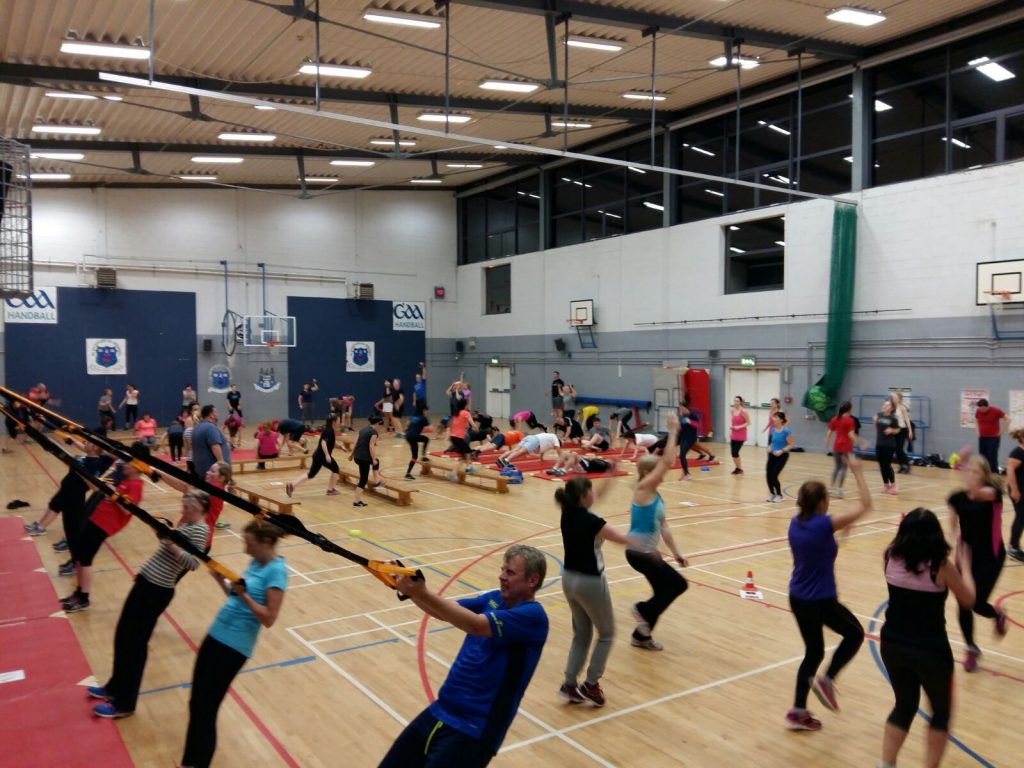
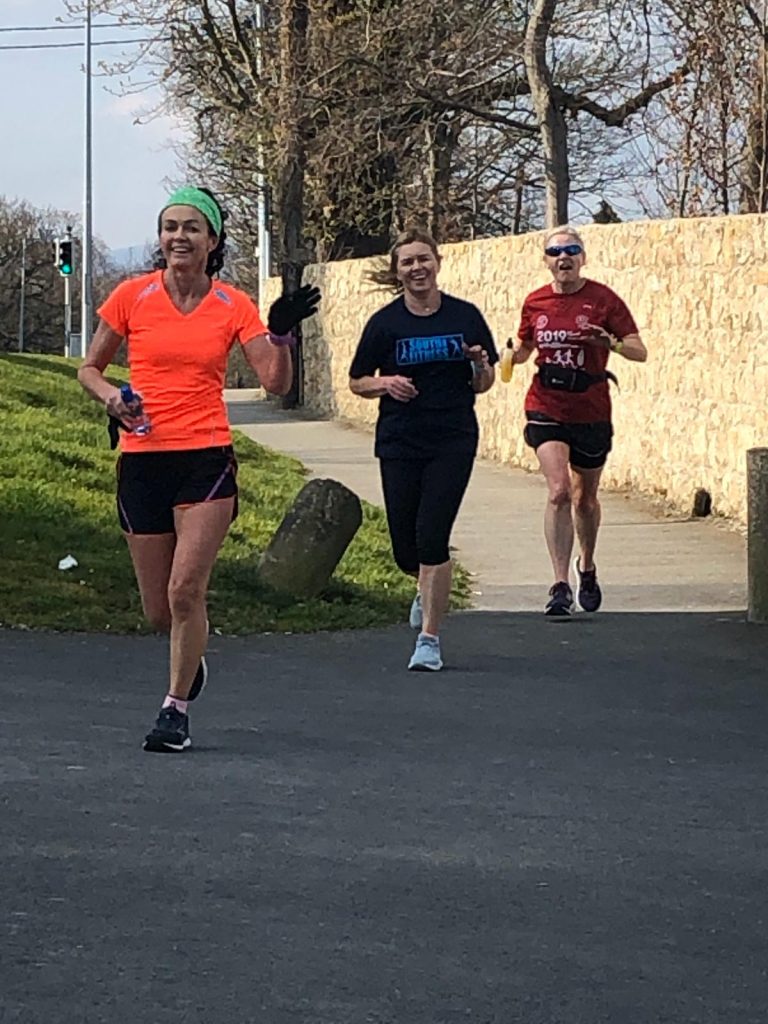
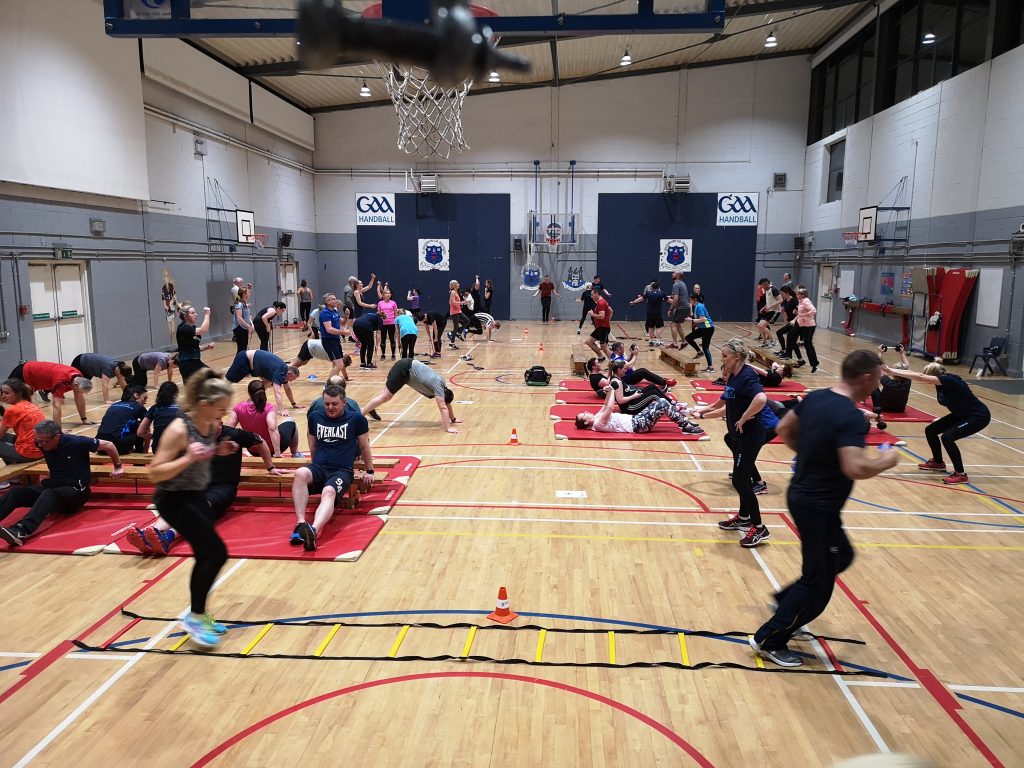
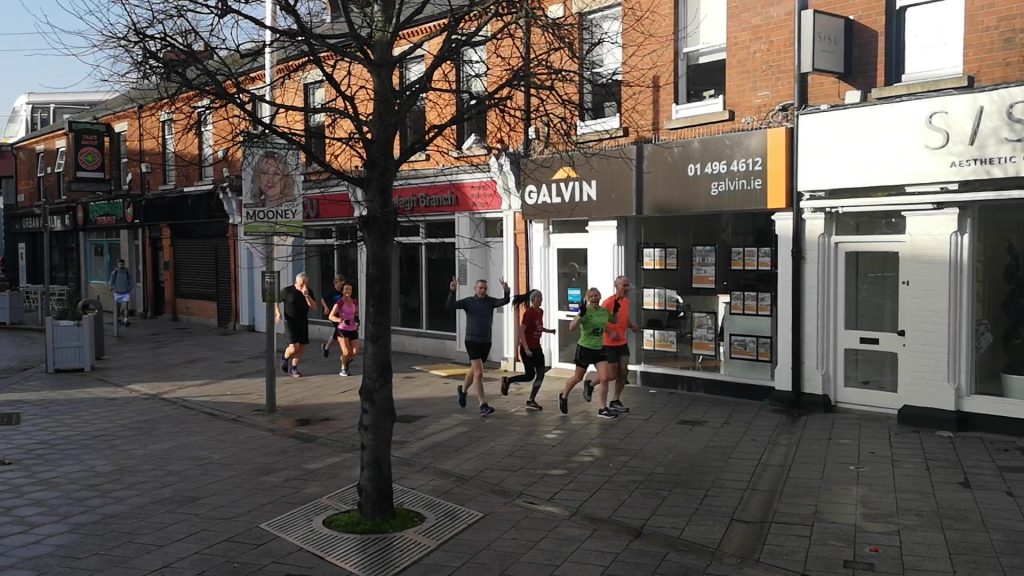
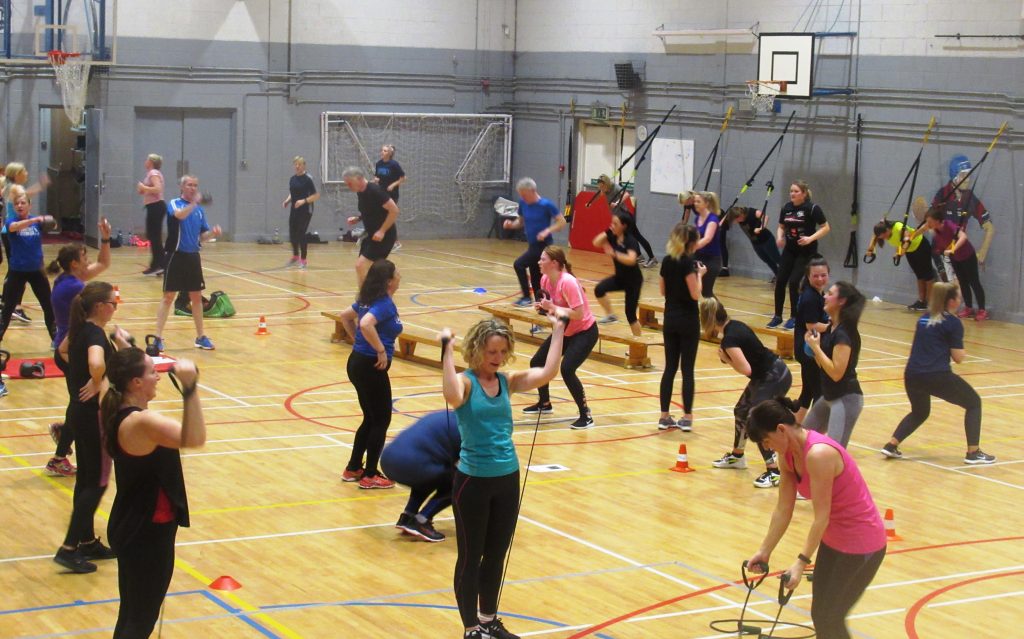
“